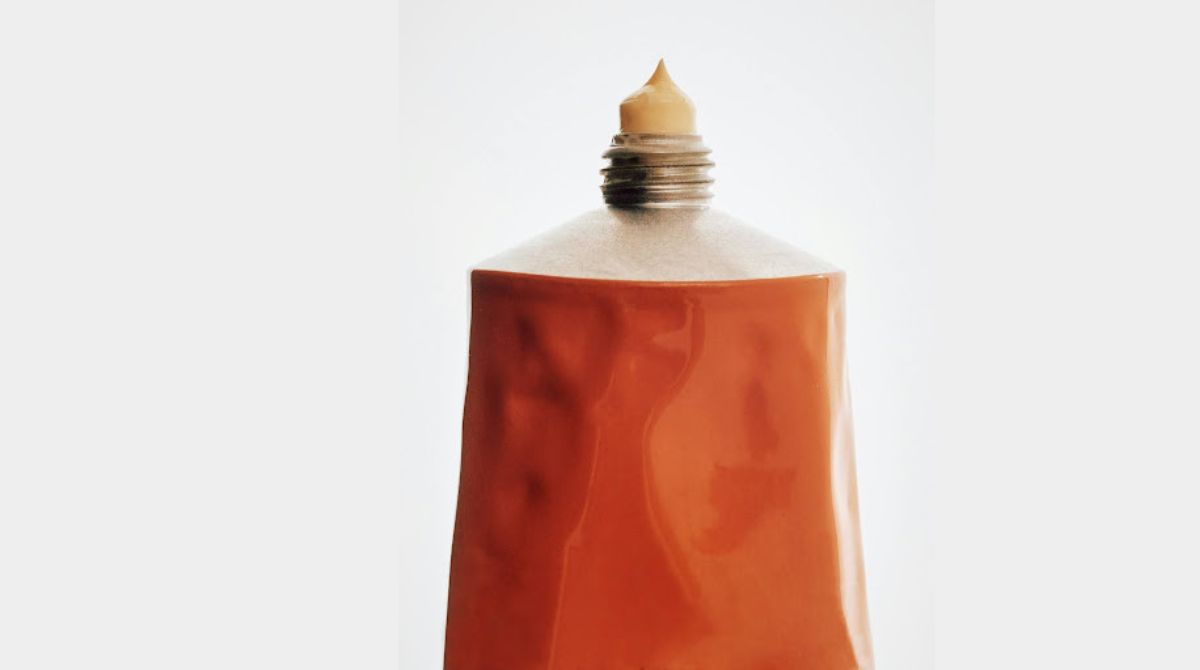How CPG brands can succeed in the competitive retail media landscape

In today’s fiercely competitive retail media landscape, where every brand is vying for consumer attention, achieving sustainable growth and securing a significant share of the digital shelf is harder than ever.
The CPG industry faces the biggest challenge: how to make something like toothpaste, crackers, or SPF stand out on an endless shelf of available products? In a saturated market, you need focus to stand out on retailers’ digital shelves.
First, a strong foundation. Then, incrementality.
A strong foundation for retail media
One of the biggest pitfalls for CPG brands, once they embrace retail media, is trying to do too much.
Too many product promotions, too many retailers, and too much fragmented data to sort out (often done manually). You’re already working on steps three and four without setting a proper foundation. So before you start to run towards a complex retail media plan, get these basics right:
Optimise your content
Conduct retailer-specific keyword research, cluster the keywords to match steps in the customer journey, and create SEO-optimised content. Focus on product content such as titles, descriptions, and category pages, and prepare necessary translations.
CPG brands often deal with long-tail content, which has more specific keywords than average entries (think “natural shampoo for women”). Use this wisely by combining target keywords, audiences, and product USPs to create effective pages that attract relevant customers.
Focus on sponsored products
Not all of your products need to be in the spotlight. Maintaining focus is crucial in saturated product segments.
Which of your products are the most popular or most frequently bought? Highlight these by serving them to your audience as sponsored products, leveraging the optimised product content you’ve developed.
Don’t focus solely on direct brand promotion. Communicate the category entry point.
Identify the cue that makes consumers think of your brand or product. Stand out by letting your one or two hero products for that category take the stage on your highest-impact channels.

Incrementality for growth
In simple terms, incrementality is any above-and-beyond KPIs you achieve with paid media spending. For example, if you historically sell 100 products per month, and then run a marketing campaign and sell 120 products, 20 is the incremental growth you realise.
In the oversaturated online retail market, incrementality is crucial in determining success. Rather than relying on existing customers or traditional marketing tactics, you need to adopt a more strategic approach that focuses on capturing new customers and expanding their share of the digital shelf.
Incrementality helps you differentiate yourself from competitors by focusing on the unique value you bring to the market.
Instead of engaging in a race to the bottom with price wars or generic messaging, you can focus on delivering personalised experiences, innovative products, and tailored marketing campaigns. One tactic is to increase category share.
Incrementally increasing category share
Focus on dominating market share within your product category.
This requires strategic planning, consumer-first approaches, and continuous adaptation to the market. There are several ways to increase your market share, all of which have benefits and hurdles.
- Retail media advertising: Certainly, an effective retail campaign can help increase brand awareness, visibility, and consideration. Focus on targeted messaging, creative storytelling, and utilising various channels and ad formats.
- Pricing & promos: Adjust your pricing and promotional strategies to attract price-sensitive consumers and incentivise trial or repeat purchases. Discounts, reward programs, or limited-time offers can encourage consumers to test your product over competitors.
- Consumer insights: Understanding consumer behaviour across retailers is key. Beyond understanding trends, you should monitor customer feedback and reviews. By finding areas for improvement, you can improve products, prices, and marketing strategies.
- Product innovation: Can you introduce new and improved products that meet your consumer’s evolving needs? Perhaps a unique flavour, packaging, or limited edition that attracts new customers.
To succeed, simply start
Surprisingly, the number of CPG brands that properly leverage retail media opportunities is relatively low compared to the total market.
Focusing on the basics allows you to fast-track your way to incremental growth. And with the way marketplaces work, that head start might lead to a long-term competitive advantage.
